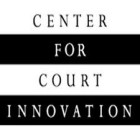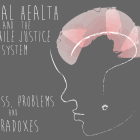
Just How Innovative are Criminal Justice Systems in the United States?
|
How willing are agency leaders to adopt new ideas and make changes to criminal justice policies and programming? A recently released report from the Center for Court Innovation attempts to answer the question. The report, “Innovation in the Criminal Justice System: A National Survey of Criminal Justice Leaders,” is the first of its kind. Supported by the U.S. Department of Justice’s Bureau of Justice Assistance, more than 600 agency heads across the country were surveyed for the study, including police chiefs, juvenile justice officials and state court administrators across the nation. Respondents cumulatively scored a 2.89 on a four-point scale that measured systemic innovation in terms of data sharing and evidence-driven practices.







